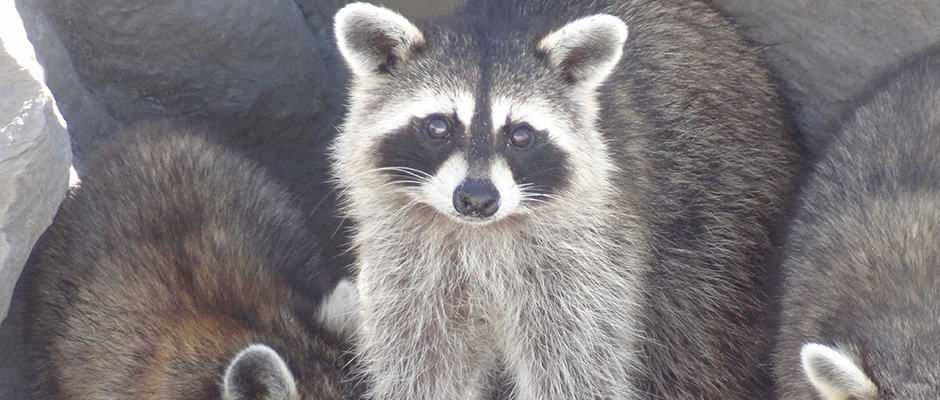Share this article
Researchers Study Rabies Vaccination Bait in Raccoons
In a recent study, researchers at the University of Georgia’s Savannah River Ecology Laboratory and UGA’s Warnell School of Forestry and Natural Resources identified new ways to prevent the spread of rabies in raccoons in northern Indiana.
The researchers conducted fieldwork in the spring of 2011 to help determine how to perfect the technique of aerial baiting — filling bait with a vaccine to provide rabies immunity to wild carnivore vectors of rabies. While the method has reduced the westward spread of rabies in raccoons in the eastern United States, it hasn’t been successful enough in completely eliminating rabies.
As a result, researchers set out to determine if they could make raccoons more receptive to bait by monitoring raccoon movement. Northern Indiana’s fragmented land and high densities of raccoons and opossums made it the optimal location, according to Assistant Research Scientist James Beasley.
“The first thing we wanted to address was the fact that wildlife don’t utilize the landscape randomly, but concentrate movements in areas of preferred habitat,” Beasley said. “We wanted to take movement data from raccoons and build resourceful models to identify hotspots in the landscapes where there are concentrated areas of raccoon activity.”
Beasley and Professor and Director of the Savannah River Ecology Laboratory Gene Rhodes created traps in eight sights and estimated the density of raccoons. Once they knew the density, they distributed placebo baits with a biomarker Rhodamine B, which is found in whiskers and hair. “When we recaptured the raccoons, we were able to see if they ate the bait,” he said. “We then went in a few weeks after and trapped individuals at increasing distances away from the bait zone.”
Beasley and Rhodes found that using observed movement of raccoons to determine bait distribution did not increase bait consumption by raccoons. “We didn’t have very high uptake in any of our sites, which is similar to other studies,” he said.
Beasley and Rhodes also determined the probability of raccoons consuming baits farther away from the baited area.
“We know animals aren’t confined,” Beasley said. “As you move away from the baited area, the probability of the individual consuming the bait decreases.”
But, Beasley said some raccoons did consume the bait farther away from the baited area, which means there is a possible application for using bait in urban parks. He said baiting inside a park can treat individuals outside of the park as well.
Researchers also wanted to know how much bait that was set for raccoons was consumed by opossums; however, they found it wasn’t significant enough to explain low consumption rates from raccoons.
Based on the results of the study, Beasley noted that bait must be repeatedly distributed to help create rabies immunity in raccoons. He plans to further his research to determine how to better the aerial baiting technique to develop more rabies immunity in raccoons.
“I would like to go back in and repeat the study multiple times in the year to see how this influences uptake,” he said. “I would also like to study bait flavor and bait palatability.”
Beasley would also like to complete the study in eastern Ohio, where the land differs from the land in northern Indiana. In eastern Ohio, raccoons are more constrained in certain areas because of the way forests are distributed.
Beasley hopes that this and future research will help develop a more successful aerial baiting technique to reduce the spread of rabies.
Header Image:
Raccoons are a prime carrier of rabies. Researchers studied modifications to a technique called aerial baiting to develop ideas to reduce the spread of rabies in Indiana.
Image Credit: Daniel Spiess via Flickr








